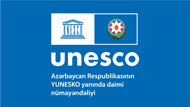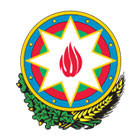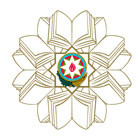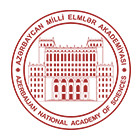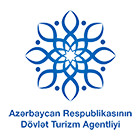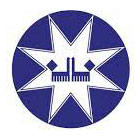Art of crafting and playing with Kamantcheh/Kamancha, a bowed string musical instrument
“Art of crafting and playing with Kamantcheh/Kamancha, a bowed string musical instrument” has been inscribed on the Representative List of the Intangible Cultural Heritage of Humanity as a multinational nomination (Islamic Republic of Iran and Azerbaijan) at the 12 th session of the Intergovernmental Committee for the Safeguarding of the Intangible Cultural Heritage held in Jeju Island, Republic of Korea on 7 December 2017.
Kamancha art and performing arts exists in a great number of regions of Azerbaijan, especially in Baku, Nakhchivan, Ganja, Sheki, Guba, Karabakh, Aghdam and Lankaran. In Azerbaijan the kamancha tradition is transmitted from generation to generation by many individual artists, amateurs and professional performers. In cities, kamancha performing art is taught by teachers to students in children, secondary and high musical schools.
Performed with a bow called "kaman";, the four-stringed instrument kamancha has existed since ancient times. History knows a huge number of master craftsmen and performers who have transmitted the craftsmanship and performance of kamancha from generation to generation and perpetuated it for centuries. Today, this tradition continues to live, kamancha art is kept alive, is taught and promoted. In continuing the tradition of crafting the instrument, the role of such crafters as Musa Yagubov and Agamir Hasanov is indispensable. Masters prepare the instrument from mulberry or walnut wood. They make spherical body, fretless fingerboard and cover the hollow space with livestock fish skin or liver membrane. Under the body, masters fix a base shaft for pivoting the instrument. The shaft passes through the body of the instrument and serves as a "foot" of it. Masters often decorate kamancha with bone parts and pearl. The membrane helps to ensure correct sounding of the strings. Masters use metal strings for the instrument. Total length of kamancha is 700 mm, 175 mm high and 195 mm wide.
The widest teaching and promotion of kamancha performing art across the country is carried out in seven-year- old children's music schools under the auspices of the Ministry of Culture and Tourism, secondary level education and universities, musical colleges of Ministry of Education, as well as in the Azerbaijan National Conservatory. In many folk orchestras and groups, such as S. Rustamov Folk Instruments Orchestra, folk groups of A. Bakikhanov, A. Dadashov, B. Salahov groups and many others, kamancha is used as a lead instrument.
At present, there are many individual performers of the instrument. Azerbaijani folk artists and master craftsmen Shafiga Eyvazova, Fakhraddin Dadashov, honored artists Mirnazim Asadullayev, Arif Abdullayev, Munis Sharifov, Agajabrayil Abbasaliyev, Elnur Ahmadov and other prominent performers continue practicing, promoting and popularizing the instrument at local and international levels. Today, many professional and amateur performers, performers with high or secondary music education, kamancha teachers in music schools are considered the main persons in charge of safeguarding and transmitting the element to the next generation. People of
these categories, individual performers, craftsmen that make the instrument in traditional way represent the community directly involved inenacting the element and interested to keep the practice alive.






